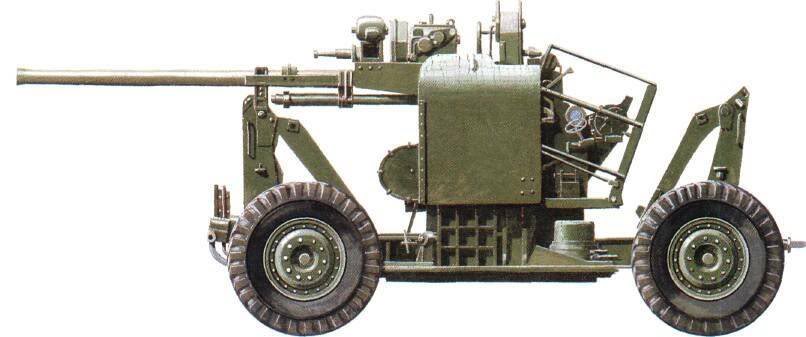|
Data Source |
Date(s) |
Unit(s) |
| Army
of the United States Station List |
7 April
1945 |
- 411th Army Air Forces Base Unit
(San Francisco Control Group) (AAF)
|
| Army
of the United States Station List |
7 May
1946 |
411th
Army Air Forces Base Unit (San Francisco Control Group) (AAF) |
| Army
of the United States Station List |
15 February
1955 |
- 202nd Signal Detachment (Radar
Maintenance)
- 752nd Antiaircraft Artillery
Gun Battalion (90mm) (Static) (less Batteries B and D)
|
| Army
of the United States Station List |
15 August
1955 |
- 202nd Signal Detachment (Radar
Maintenance) (Type E)
- 752nd Antiaircraft Artillery
Gun Battalion (90mm) (Continental) (less Batteries B and D)
|
| Army
of the United States Station List |
15 August
1956 |
- 202nd Signal Detachment (Radar
Maintenance) (Type E)
- 752nd Antiaircraft Artillery
Gun Battalion (90mm) (Continental) (less Batteries B and D)
|
| Army
of the United States Station List |
15 February
1957 |
- 752nd Antiaircraft Artillery
Battalion (90mm) (Continental)
- Batteries A and C
|



.jpg)